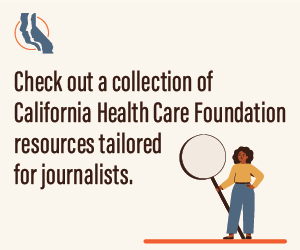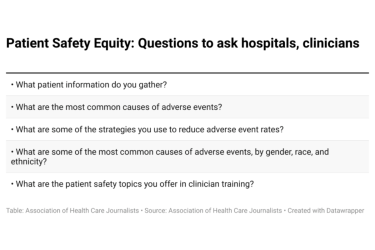
Yes, database websites can seem clunky, and government data can seem hopelessly riddled with errors.
But searching, downloading and analyzing it – specifically EPA records on drinking water – led USA Today to a blockbuster front-page story that not only drew attention to the threat of lead contamination beyond the crisis in Flint, Mich., but also stirred residents to action.
Mark Nichols, who shared the byline with Alison Young at the paper, was the force behind the number crunching.
Nichols, who previously specialized in data reporting at WCPO-Cincinnati and The Indianapolis Star, spent weeks analyzing information from the U.S. Environmental Protection Agency, which tracks more than 170,000 public water systems across the nation.
His findings helped fuel the USA Today Network investigative report, “Lead in Your Water,” which included maps and other features based on the data. The series raised questions or helped stir action in many states, including Wisconsin, New York, Vermont, Maine, California and Colorado.

Altogether, Nichols and Young helped document excessive lead levels in nearly 2,000 water systems in all 50 states, assisted by a nationwide team of contributing writers. Their thorough piece – six chapters in all – weaves in data from his reporting.
Think data’s daunting? In a new How I Did It piece for AHCJ, Nichols lays out clear steps that any reporter with some patience can follow with EPA’s database or apply them to others.
“The Flint, Michigan, situation has really opened our eyes to what’s going on,” Patty Thompson, engineering manager for the Oklahoma Department of Environmental Quality’s public water supply group said in the USA Today package.
So has Nichols’ reporting. Read his essay on how he tackled “the data monster.”









